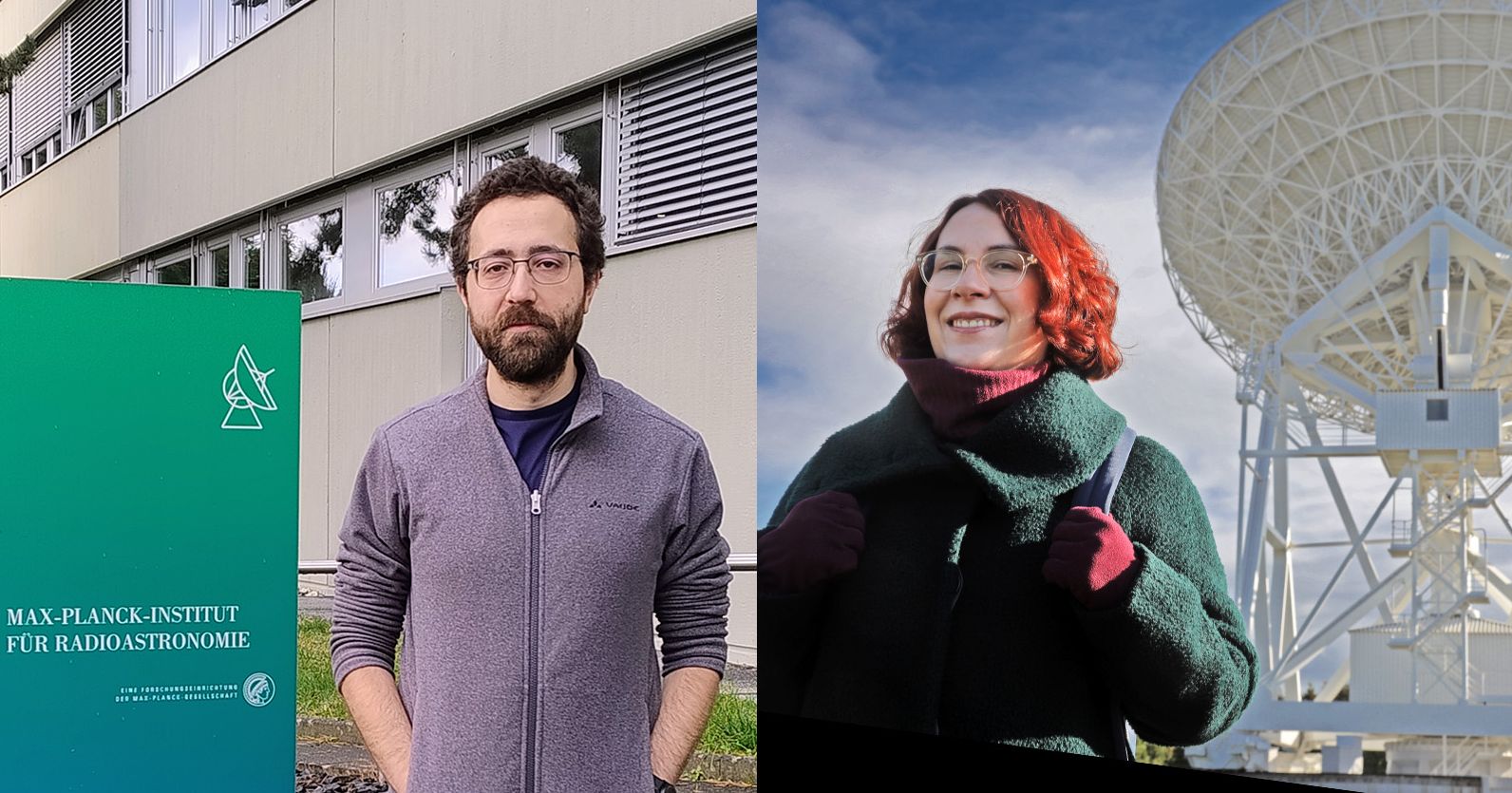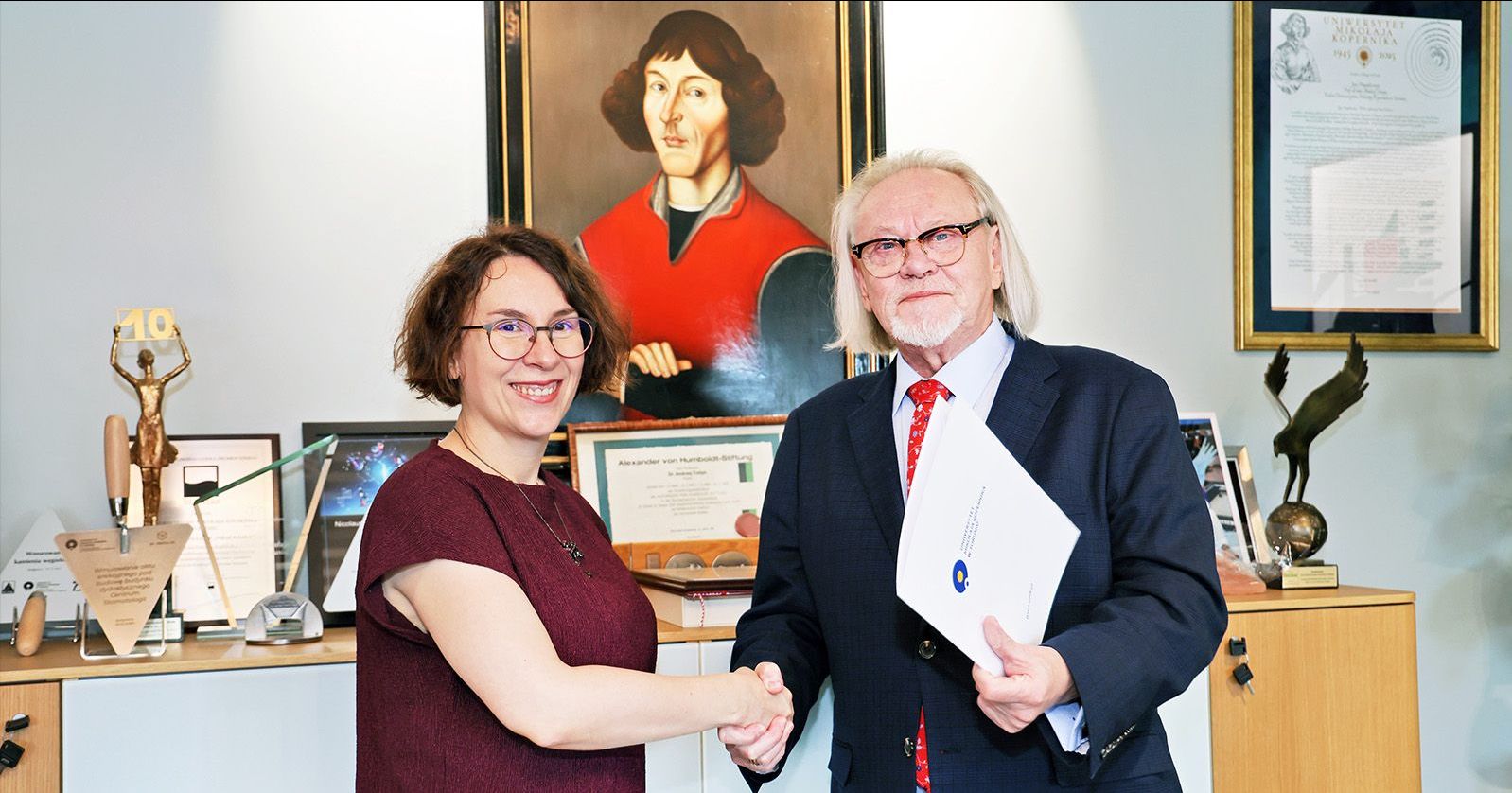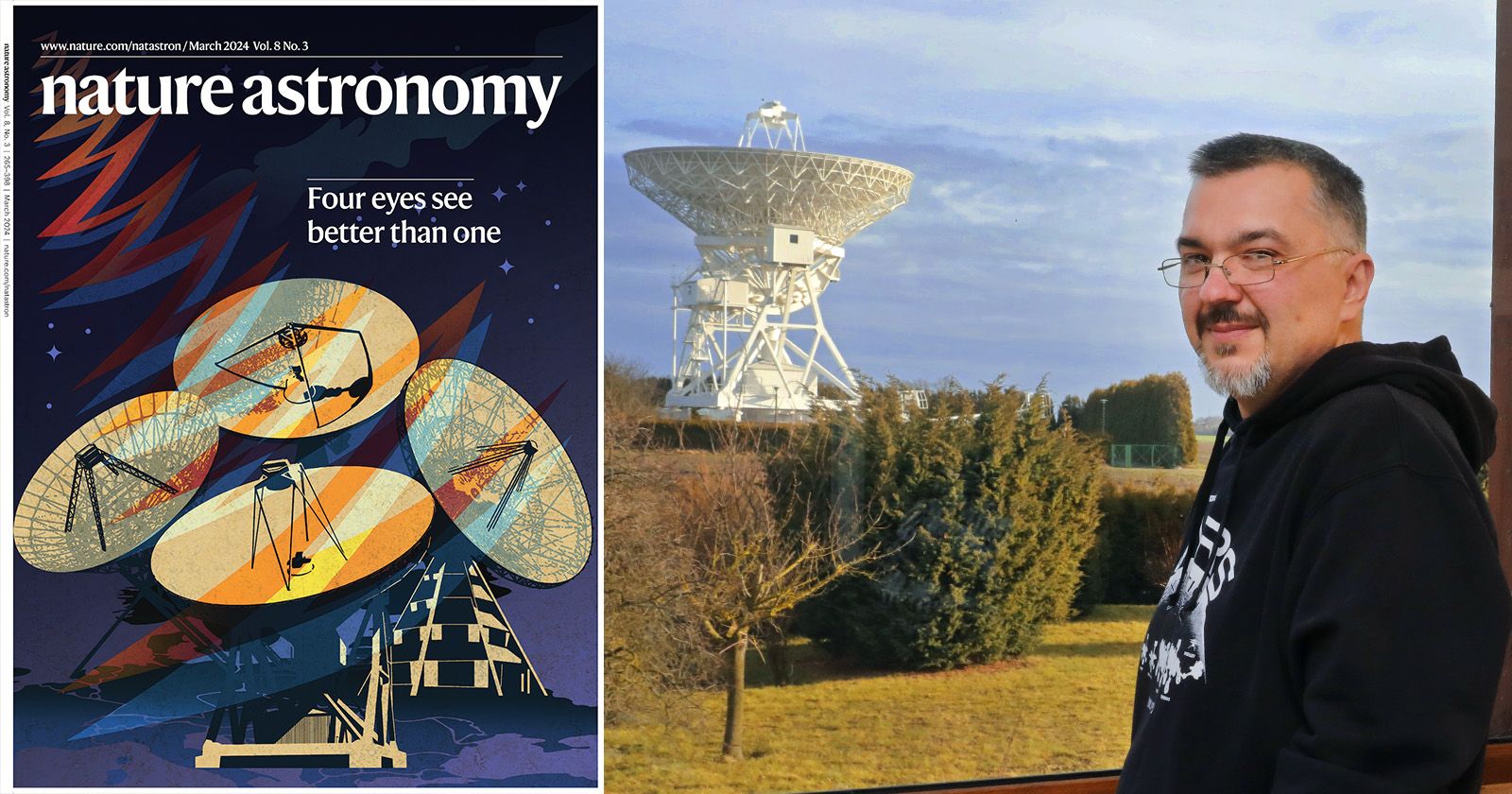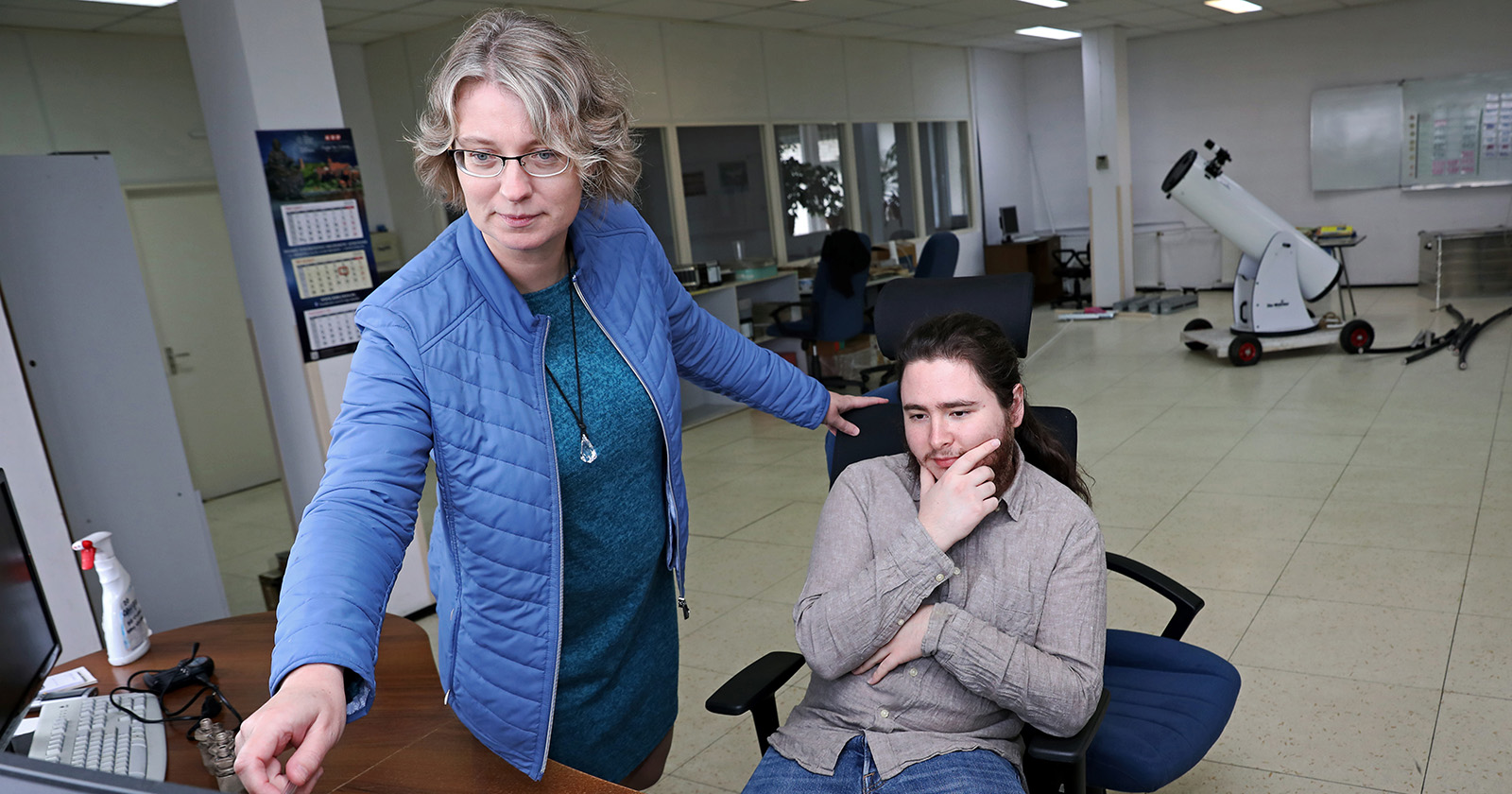 Exact sciences
Exact sciences
On the trail of ultraviolet radiation in Ophiuchus
Dr. Agata Karska and Iason Skretas used the James Webb Space Telescope to observe five young stars in the Ophiuchus region. They were primarily interested in ultraviolet radiation, and its role in the formation of stars. They presented their findings in the renowned journal "Astronomy & Astrophysics".
The article "UV-irradiated outflows from low-mass protostars in Ophiuchus with JWST/MIRI" has just been published in one of the world's most prestigious scientific journals, "Astronomy & Astrophysics". Dr. Agata Karska from the Center for Modern Interdyscyplinary Technologies at Nicolaus Copernicus University(Torun, Poland) and Iason Skretas, a doctoral student at the Max Planck Institute for Radio Astronomy (Bonn, Germany), described the results of their research in the article. In their analyses, they used data from the James Webb Space Telescope, the largest and most powerful space observatory, operating in the infrared. Its main mirror is 6.5 m in diameter and has a deployable sunshield the size of a basketball court.
The Ophiuchus clouds in the eye of James Webb
- We wanted to take a closer look at protostars, i.e., young stars that are still forming deep inside their parent molecular clouds. As protostars accrete mass, they launch part of it outward in the form of jets - says Iason Skretas. - These are called outflows, and are the most striking sign of star formation. Dr. Karska recalls that on the basis of earlier observations with Herschel, they were able to show that in order to understand the chemistry and physics of these molecular outflows from young stars, they must take into account the existence of ultraviolet radiation (UV).
This is the first surprise. Young stars are not capable of being a source of radiation; they cannot "produce" radiation. So we should not expect it. And yet we have shown that UV occurs near protostars. So where did it come from, what is its source: internal or external? We decided to investigate this - adds dr. Agata Karska.

The James Webb Space Telescope targeted young stars in the Ophiuchus region with MIRI (Mid-Infrared Instrument). Located 450 light-years away from us, this molecular cloud contains several B-type stars, which are very young, hot, and emit strongly in the ultraviolet. Five objects located at different distances from these massive stars were selected for detailed observations.
The MIRI instrument allows us to observe astronomical objects in the range from 2 to 28 micrometers, covering multiple molecular hydrogen (H2) lines, which cannot be observed from the ground due to the Earth's atmosphere. The James Webb Space Telescope is indispensable for this type of observation, as it allows us to observe these lines even from very faint objects with high resolution.
- For astronomers, H2 is the most important molecule in the Universe. First of all, it is the most abundant molecule as, on average, there is 10,000 times more H2 than carbon monoxide, the second most abundant molecule in space - explains Agata Karska. - At the same time, the structure of H2 makes it very difficult to observe it in molecular clouds because the temperature is too low to excite the molecule. However, ejections from young stars produce shock waves that compress and heat up the matter, creating bright H2 emission. Therefore, JWST/MIRI is the perfect instrument to study outflows from protostars.
Toward the origin of radiation

The analysis of the observations from JWST in Ophiuchus clearly demonstrated the presence of UV radiation in the vicinity of protostars and their outflows. That leads to the question of, where is this radiation coming from? Is it related to processes occurring in the immediate vicinity of the protostar? For example, shocks formed during the infall of matter onto the protostar (accretion shocks), or shocks produced along the protostellar jet?
- Or maybe the origin is external - other nearby young stars that have already formed illuminate our protostars and their outflows, and it is this UV radiation that influences the observed emission - says Iason Skretas. - The astronomers used two methods to estimate the external UV radiation. The first relied on the properties of the surrounding stars and their distances from the observed sources. The second was based on the dust, which has the ability to absorb UV radiation and re-emit it at longer wavelengths.

Using these two methods we showed that UV radiation - in terms of external conditions - varies significantly between our protostars, and therefore we should see differences in molecular emission. As it turns out, we don't see them - adds Iason Skretas.
- So we had to reject the hypothesis of an external source of radiation. However, we can say with certainty that UV radiation is present in the vicinity of the protostar, as it undoubtedly affects the observed molecular lines. Therefore its origin has to be internal - adds Agata Karska.
The results of this research indicate the necessity to include the production of UV radiation in the models describing the formation of stars. Future analysis of JWST observations will focus not only on the gas, but also the composition of dust and ices, offering alternate ways to constrain the origin of UV radiation around protostars. The increase of the number of observed sources, including observations covering the full extent of outflows, will be a crucial step in placing stricter constraints on the production sites of UV radiation.
 NCU News
NCU News






 Campus life
Campus life
 Exact sciences
Exact sciences
 Exact sciences
Exact sciences
 Exact sciences
Exact sciences